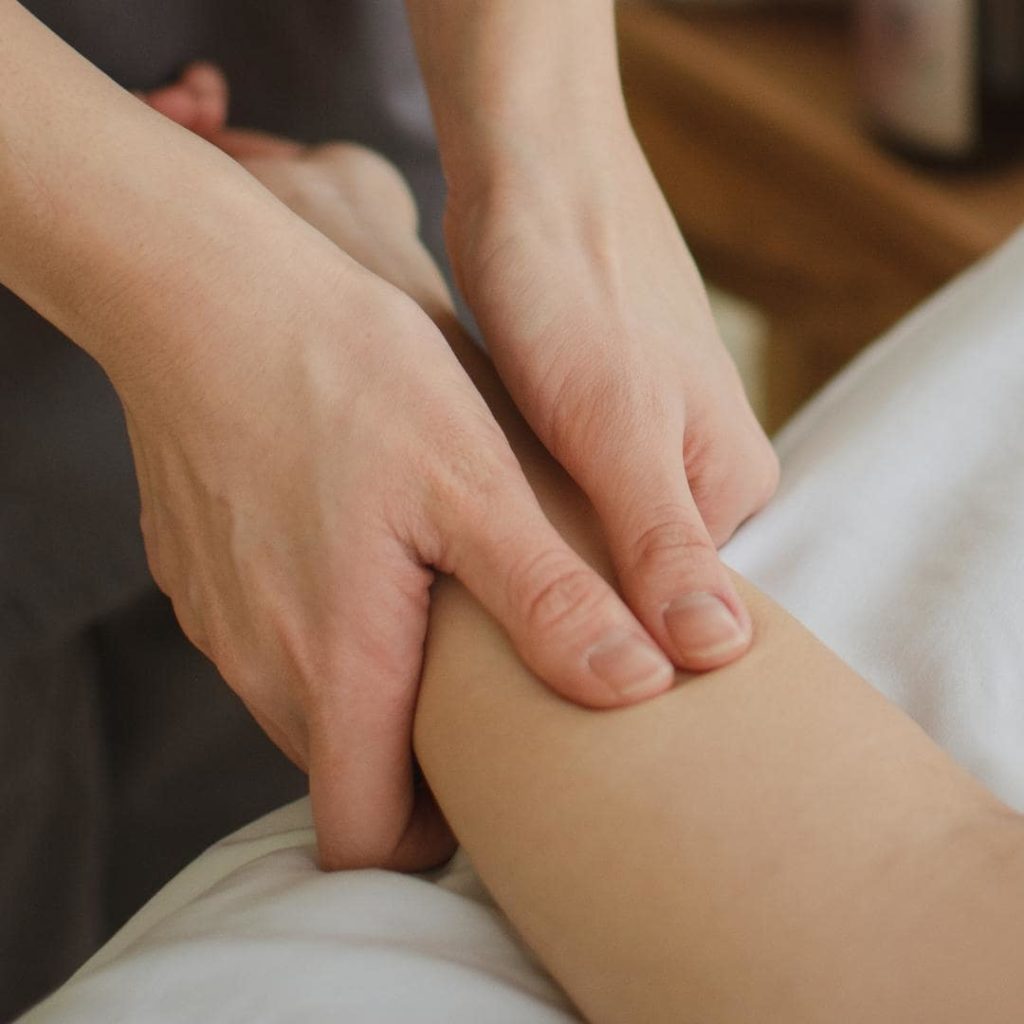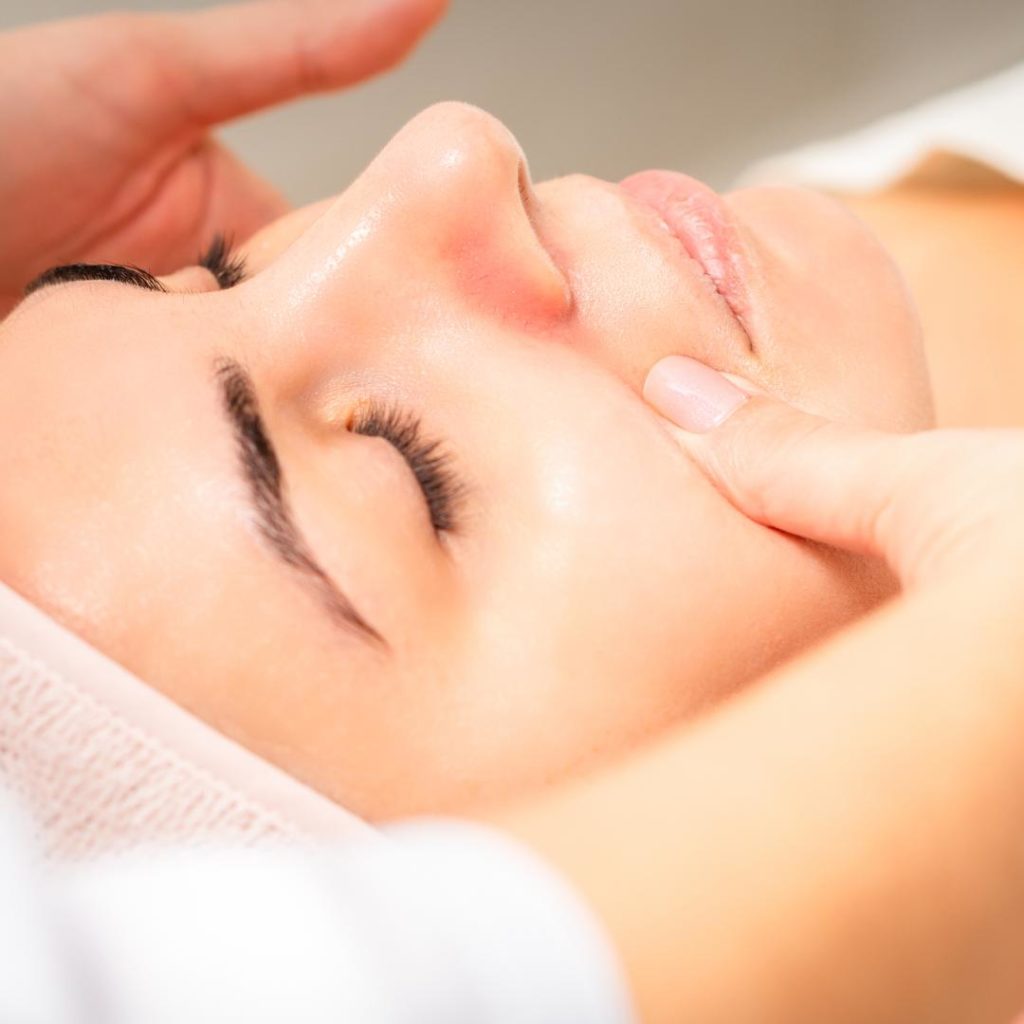
Undergoing rhinoplasty, a surgical procedure designed to reshape and enhance the appearance of the nose, is a significant step towards achieving aesthetic goals. While the focus often lies on the immediate postoperative care of the nasal region, there is a crucial aspect that plays a pivotal role in the recovery process—manual lymphatic drainage (MLD). This gentle massage technique, specifically tailored to encourage lymph flow, can prove to be a game-changer in post-rhinoplasty recovery. Read on to learn about the myriad benefits of incorporating manual lymphatic drainage after rhinoplasty.
1. Reducing Swelling and Bruising:
Swelling and bruising are inevitable companions in the aftermath of rhinoplasty. Manual lymphatic drainage emerges as a powerful ally in combating these postoperative challenges. The technique involves gentle, rhythmic strokes that facilitate the movement of lymphatic fluid, helping to flush out excess fluid and reduce swelling. By expediting the drainage of fluids, MLD aids in minimizing postoperative edema, which is particularly crucial in the delicate nasal area where excess swelling can impede the healing process.
2. Enhancing Circulation:
Effective circulation is vital for the delivery of oxygen and nutrients to the healing tissues. Manual lymphatic drainage contributes significantly to this process by improving blood circulation. The gentle massage movements stimulate blood vessels, promoting a more efficient exchange of oxygen and nutrients. Enhanced circulation accelerates the healing process, allowing for quicker tissue repair and reducing the risk of complications during the recovery phase.
3. Pain Management:
Postoperative discomfort is a common concern for individuals who have undergone rhinoplasty. Manual lymphatic drainage has analgesic effects that can alleviate pain and discomfort associated with the surgical procedure. The gentle massage not only helps in reducing swelling but also triggers the release of endorphins, the body’s natural painkillers. This dual-action approach makes MLD an effective and non-invasive method for managing pain during the recovery period.
4. Scar Tissue Reduction:
As the body heals from rhinoplasty, scar tissue inevitably forms. While some scarring is a natural part of the healing process, excessive scar tissue can lead to complications such as adhesions or keloid formation. Manual lymphatic drainage aids in preventing the accumulation of excess scar tissue by promoting the proper alignment of collagen fibers during the healing process. This can result in less visible scarring and a smoother, more aesthetically pleasing outcome.
5. Stimulates the Immune System:
The lymphatic system plays a crucial role in the body’s immune response. Manual lymphatic drainage not only facilitates the removal of waste but also enhances immune function. By promoting the circulation of lymphatic fluid, MLD helps in transporting immune cells more efficiently throughout the body. This immune-boosting effect is particularly valuable during the postoperative phase when the body is vulnerable and in need of additional support to ward off potential infections.
6. Faster Recovery Time:
Time is of the essence in the recovery journey after rhinoplasty. Manual lymphatic drainage can contribute to a speedier recovery by addressing key factors such as swelling, bruising, and pain. The combination of reduced swelling, enhanced circulation, and improved immune function creates an environment conducive to optimal healing. Patients incorporating MLD into their aftercare routine often experience a quicker return to normal activities and a faster transition to the final, desired results of the rhinoplasty.
7. Enhanced Patient Well-Being:
Beyond the physical benefits, manual lymphatic drainage can have a positive impact on the psychological well-being of rhinoplasty patients. The gentle, soothing nature of the massage promotes relaxation and reduces stress, contributing to an overall sense of well-being. A more comfortable and positive recovery experience can translate into increased patient satisfaction and a more positive perception of the surgical journey.
If you’re considering scheduling plastic surgery, The Supine Studio is here to help with your manual lymphatic drainage sessions. Contact us for more information.








